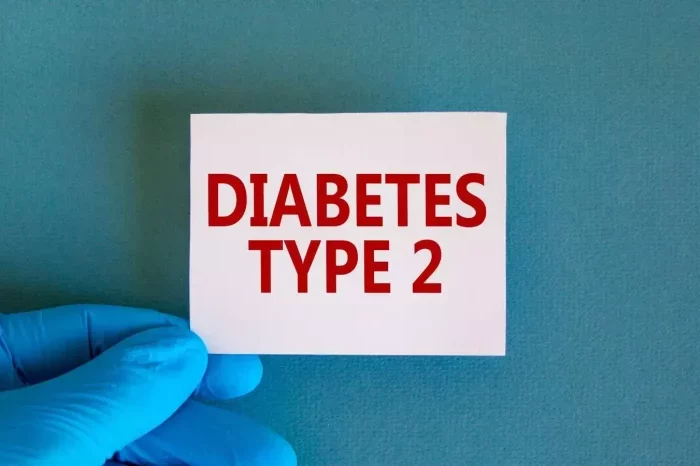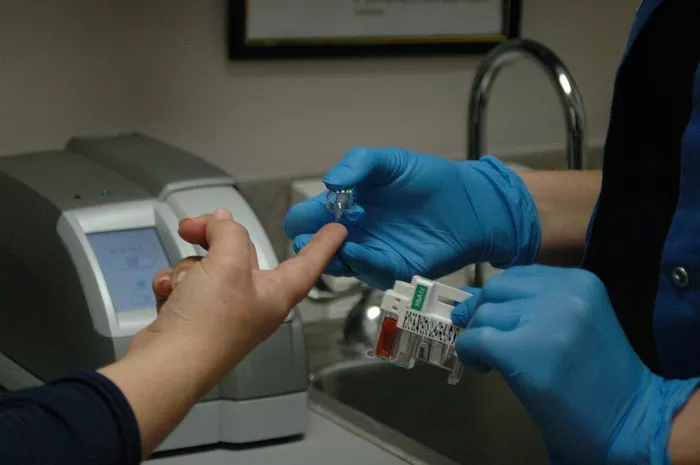A study conducted by Texas A&M University has found that virtual self-management interventions for Type 2 diabetes can significantly lower blood sugar levels, offering a cost-effective solution to those struggling with the disease. The six-month study demonstrated that various virtual diabetes management strategies, when implemented in both rural and urban communities, can lead to improved hemoglobin A1c markers.
Led by Marcia Ory, a Regents and Distinguished Professor at Texas A&M University, the study aimed to assess the effectiveness of virtual diabetes self-management interventions and their impact on A1c levels, a key marker for diabetes management. The research, conducted under the Rural Health Moonshot initiative funded by Blue Cross and Blue Shield of Texas, explored three virtual intervention models: a structured virtual education and support program, a flexible smartphone app, and a combination of both approaches.
The randomized controlled trial involved 189 adults from 46 Texas counties, with participants aged 25 and older, all of whom had A1c levels of 7.5 or higher, indicating poorly managed Type 2 diabetes. Of the participants, 23% were men, 35% lived in rural areas, and most were non-Hispanic/Latino (61%). The trial took place from November 2020 to March 2022.
The first intervention consisted of an eight-hour virtual education program, supplemented by one-on-one sessions with healthcare professionals, such as registered nurses or dietitians. This support aimed to guide participants through personalized strategies for managing their condition. The second intervention involved a smartphone app that provided diabetes care tips and access to a coach for additional support. The third intervention combined both the virtual education program and the app for a more comprehensive approach.
Over the six-month period, all three interventions led to improvements in A1c levels, with no significant difference observed between the individual approaches. The study’s results align with similar research, but the researchers highlighted that the reductions in A1c were sustained over time, indicating that self-paced learning and skill development could have a lasting positive effect on diabetes management.
The study also found that older adults experienced more significant reductions in A1c levels compared to younger participants, and those with better initial health had better outcomes overall. Approximately 90% of participants completed the full six months, a notably higher retention rate than in other studies, which researchers attribute to the program’s interactive and adaptable nature.
However, the researchers caution that the findings may not apply to all populations with Type 2 diabetes, as the sample was limited to English-speaking participants with digital access and residing in Texas. Despite this limitation, the researchers believe that similar virtual interventions could benefit individuals, particularly those from underserved communities or with limited access to healthcare.
As the number of adults with Type 2 diabetes continues to rise in the U.S., contributing to an increase in related health complications such as heart disease and stroke, these findings provide hope for more accessible, sustainable management options.
Marcia Ory remains optimistic about the potential impact of these virtual self-management programs, especially for those who are underserved or face challenges in accessing traditional healthcare.
Related topics:
Antibiotic Use in Infancy May Elevate Diabetes Risk, New Research Suggests
Wearable Technology Boosts Exercise Adherence for Type 2 Diabetes Patients
Early Type 1 Diabetes Detection Could Alleviate ‘Invisible Burden,’ Advocates Say





















